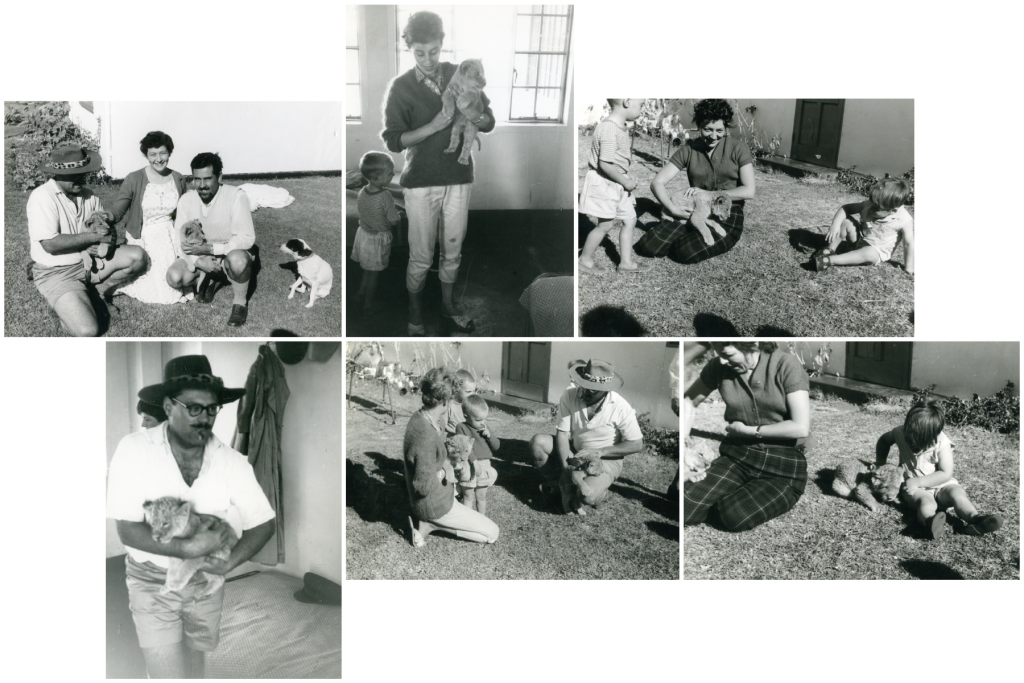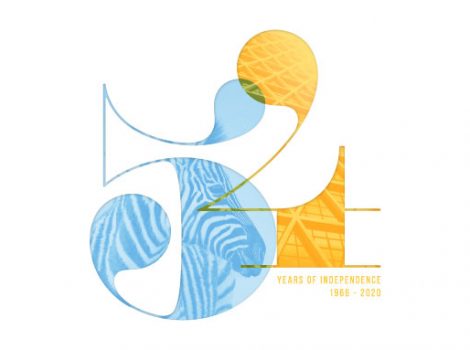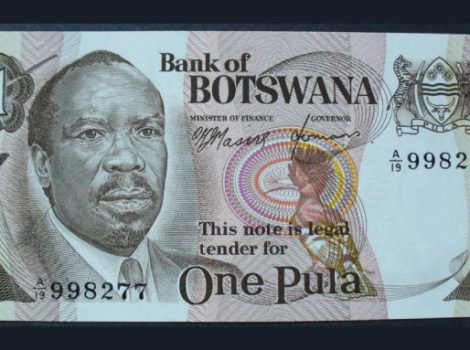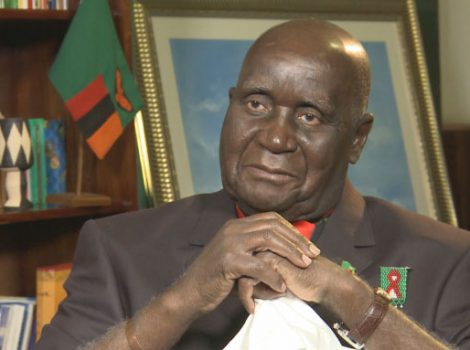
As we continue the memories of Bechuanaland Protectorate series recounted by Ian Brooks, this article and photos showcase some of the police work that his father, Donald Brooks and his team carried out.
I have recounted an anecdote told by my father to put the nature of these patrols into perspective. One of the regular patrols my father undertook was monitoring the hunters, particularly compliance with their permits.

It was custom in those days for the police patrol to camp with the last hunting group they were monitoring that day. In one instance, there was a serious mechanical failure of the police truck in the hunting area that could not be repaired with the tools and spares carried; everyone travelling into the bush was a competent mechanic, and there was little that could not be fixed.
They assessed the situation, and decided it was best for them to try and walk to the hunters camp rather than wait and hope that the hunters came looking for them. They decided that the two items necessary for survival were water and a rifle, so they extracted the inner tubes from the wheels, filled them with water and hung them around their necks, and kept their police rifles with them.
They then set off tracking the hunter’s camp by following the tyre tracks. The hunting group were expecting them to camp together, and when they did not arrive late that afternoon, the hunters drove back to where they last saw the police patrol to check all was well; they found some very grateful, if somewhat tired, policemen walking along their tracks!
New recruits
While the recruits were probably hoping to be allocated to the wildlife patrol group, troublemakers would probably have preferred to deal with the recruits rather than my father. He didn’t stand for a lot of nonsense.


Shooting wildlife
The images showing typical wildlife scenes in Ngamiland were always difficult images for my father to capture as his camera was mechanical and a bit noisy when focusing, etc and he did not have a telephoto lens. In addition, due to hunting, the animals were very sensitive to vehicle noise, and as soon as they heard a vehicle, often before we could see them, they would start running away. The majority of the images were captured by my father while on police patrol.

I suspect some of these images were captured by my father to show his brother what he was policing compared with his brother in the UK!
Written by Ian Brooks
Ian is Donald Brooks’ son. His father arrived in Maun in early 1962, leaving four years later in 1966. He was a police officer, trained in the UK, but working in the Colonial Service. His brief on being transferred to Maun was to sort out the ‘w’ element; there was a perception that there was insufficient regulation, particularly the hunting of the wild animals, and his task was to bring this under control.
Ian and his siblings were children while in Bechuanaland Protectorate/ Botswana; the younger 3 children were born in Bechuanaland Protectorate. The context is a combination of his own memory of life in Maun as a child, as well as various conversations with his parents over the years about the photographs and life in Botswana while they were there (1958 to 1968).



